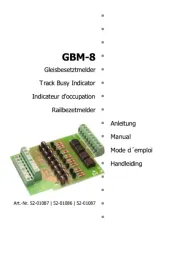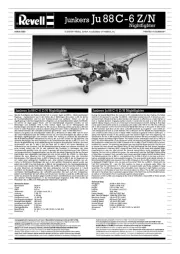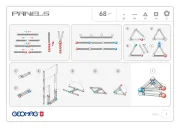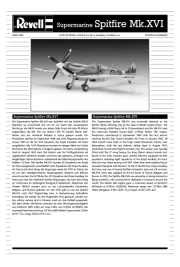Märklin 37750 Manual
Læs gratis den danske manual til Märklin 37750 (32 sider) i kategorien Modelbygning. Denne vejledning er vurderet som hjælpsom af 9 personer og har en gennemsnitlig bedømmelse på 5.0 stjerner ud af 5 anmeldelser.
Har du et spørgsmål om Märklin 37750, eller vil du spørge andre brugere om produktet?
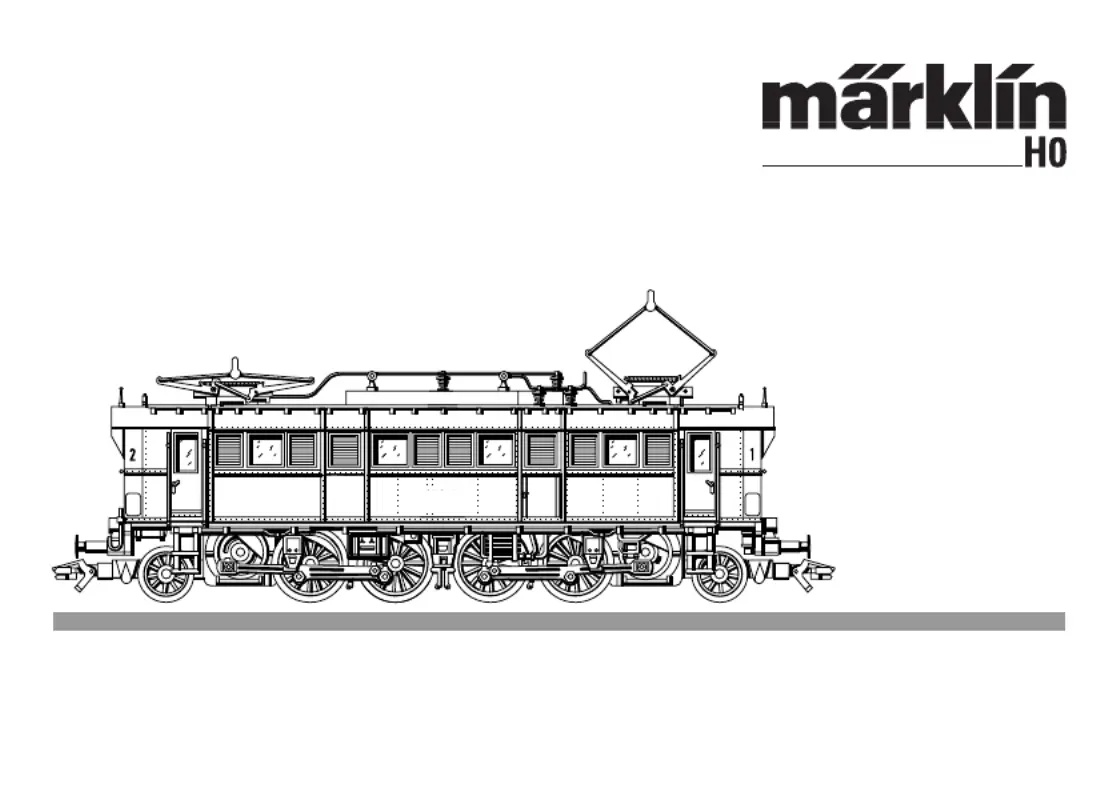
Produkt Specifikationer
| Mærke: | Märklin |
| Kategori: | Modelbygning |
| Model: | 37750 |
Har du brug for hjælp?
Hvis du har brug for hjælp til Märklin 37750 stil et spørgsmål nedenfor, og andre brugere vil svare dig
Modelbygning Märklin Manualer










Modelbygning Manualer
- FALLER
- Seuthe
- Amewi
- Baufix
- Piko
- Blade
- Hitec
- Woodland Scenics
- Axial
- Wilesco
- Fascinations
- Mega Bloks
- Discovery
- Graupner
- Voltcraft
Nyeste Modelbygning Manualer





